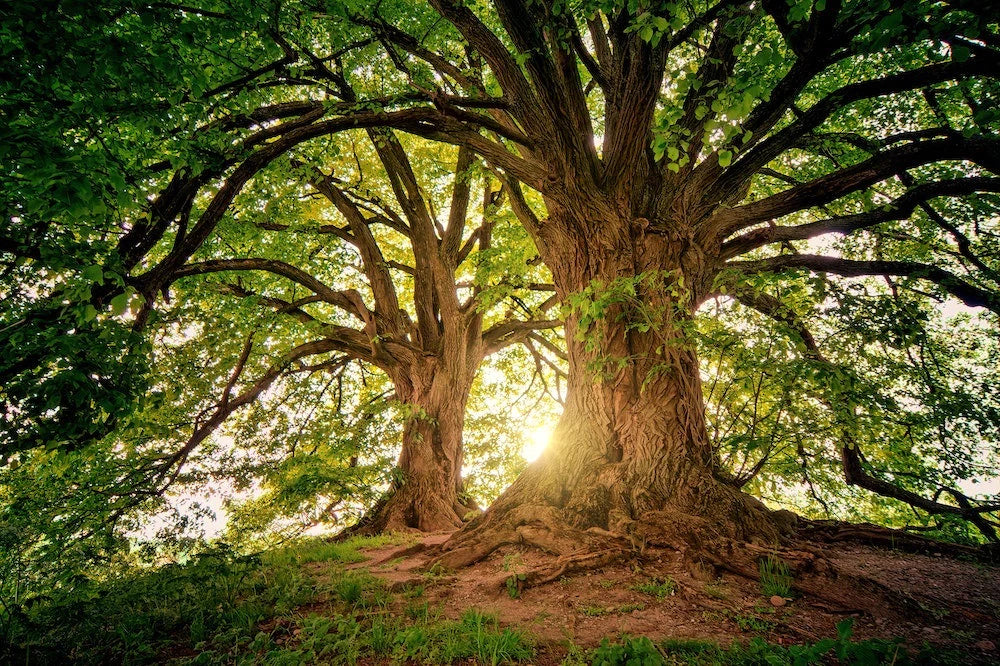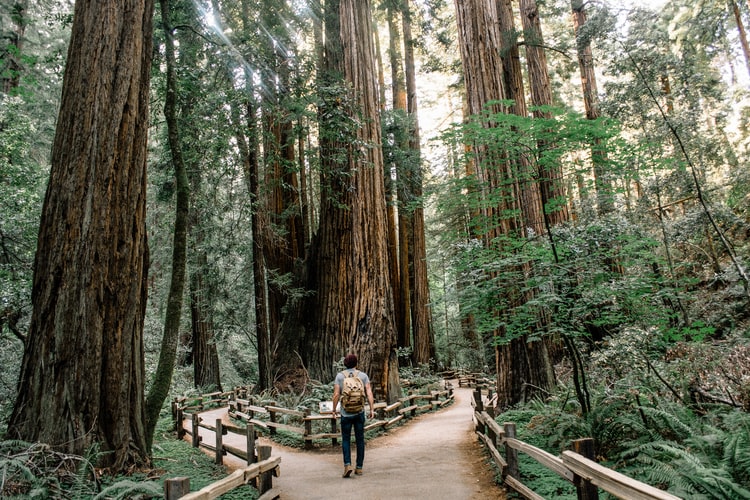Plant Trees

Happy Earth Month! Be the Change: Plant trees
About
Stay up to date on major announcements, exciting collaborations, and more.Visit our Newsroom
We make it simple for anyone to plant trees, and together we can make an incredible impact. Learn more

Stay up to date on major announcements, exciting collaborations, and more.Visit our Newsroom

We make it simple for anyone to plant trees, and together we can make an incredible impact. Learn more
Get Involved
Become a business partner to improve your company’s sustainability initiatives and make an impact. Learn more
See how your support and leadership can help us fund reforestation efforts across the globe. Learn more

Become a business partner to improve your company’s sustainability initiatives and make an impact. Learn more

See how your support and leadership can help us fund reforestation efforts across the globe. Learn more
Learn
Read about stories from the field, interesting facts about trees and get your healthy dose of nature. Visit our blog
Comprised of lesson plans, learning modules, resources, and activities, our T.R.E.E.S. School Program is the perfect addition to your curriculum. Learn more

Read about stories from the field, interesting facts about trees and get your healthy dose of nature. Visit our blog

Comprised of lesson plans, learning modules, resources, and activities, our T.R.E.E.S. School Program is the perfect addition to your curriculum. Learn more
Shop
Our fan-favorite Reforestation T-Shirt. Wear it with pride to show your support of reforesting our planet, one tree at a time. Shop now
Give the gift that lasts a lifetime! Choose an image, write your personalized message and select a delivery date to gift a tree. Gift a tree

Our fan-favorite Reforestation T-Shirt. Wear it with pride to show your support of reforesting our planet, one tree at a time. Shop now

Give the gift that lasts a lifetime! Choose an image, write your personalized message and select a delivery date to gift a tree. Gift a tree
Get Involved
Plant Trees
Get news, updates, & event Info delivered right to your inbox:
What is Forest Bathing?
Forest bathing, or Shinrin-Yoku, refers to the japanese practice of bathing in the forest. Spending time outside and connecting with nature provides many health benefits, it can help lower stress hormones, reduce blood pressure, boost immunity and improve your overall well-being.
it was first introduced by the Forest Agency of the Japanese Government in the 1980’s in an effort to acknowledge the healing properties of being in nature. They encouraged citizens to recharge their health by visiting the Japan's green spaces and publicly owned forests available.
Since then, forest bathing has become quite popular and has been adopted by cultures around the world due to its mental health benefits. It’s easy to do: all that's required is a forest, time, and patience. Simply head to a forested area, somewhere you can be surrounded by trees, take a deep breath and breathe in the forest environment. Keep in mind, the more natural the setting the better, as it will offer up more for your senses.

Connecting with Nature
Nature and trees provide many benefits to humans, we just need to learn how to connect with it. We evolved with trees and have benefited from their food, medicine, shade, and shelter all throughout our evolution.
But with the industrial revolution and the modernization that came with it, humans moved away from nature and have disconnected from the sights, sounds, and sense of peace that it offers — except for the occasional vacation or visit to a park.
As a society, we have paved over wetlands, sealed our homes up tight against the elements, and limited our direct contact with the soil and textures of the natural world. But while we’ve been busy laying down roads and building up cities, nature has stayed busy, too, weaving together the threads of life, the web upon which we all depend.

Walking in the Woods
We aren’t meant to sit inside in front of screens all day, eat processed foods, or only get our nature from the walk between the car and the front door. We're meant to "live in the sunshine, swim the sea, and drink the wild air," as Ralph Waldo Emerson once said.
The extraordinary human brain that allowed us to build our skyscrapers and superhighways, knows it. Indeed, this alienation from nature is at the root of many of our "modern" health problems.
That's where forest bathing, Shinrin Yoku, or the practice of “walking slowly through the woods, in no hurry, for a morning, an afternoon, or a day,” can help guide us back to balance. Coined in 1982 by Tomohide Akiyama, Director of the Japanese Forestry Agency, Forest Bathing is an age old practice that has, thankfully, experienced a comeback in the last 40 years.
Nature's Healing Power
Studies have shown that when we’re exposed to nature, even for just a short time, our parasympathetic nervous system gradually takes control, lowering our blood pressure, pulse rate, inflammation, and cortisol levels, elevating our moods, and activating cancer fighting natural killer (NK) cells.
As a result, we can experience increased vigor and decreased depression, anxiety, fatigue, and mental fog. And those that are lucky enough to live near evergreen forests benefit from the high concentrations of phytoncides—or, airborne essential oils—that they release. These “showers” are part of the tree’s own medicine and provide powerful stress relief and a natural immunity boost that can last for weeks. Simply put: forests help us stay happy, relaxed, and well.

How to Start Forest Bathing
Ready to start forest bathing? Here are some steps to get you started:
- Head to the forest nearest to you, stow away your phone, and open up your senses.
- Close your eyes and listen to the trees swaying and creaking in the wind.
- Feel that same wind moving over and through you. Listen for the birds.
- Open your eyes and scan your surroundings, taking in colors, patterns, the interplay of light and shadow.
- Reach out and touch the trunk of a tree, feeling the bumps, the grooves, the bark beneath your fingers.
- Breathe deeply and smell the green understory plants, the sharp twang of evergreen, the sweetness of the soil.
- Pinch off a fresh pine needle (which contains antioxidants and vitamin C) and place it on your tongue, tasting the forest.
- If you feel comfortable, remove your shoes and feel the solid earth beneath your feet.
If you can't get to a forest, that’s alright: there are other ways to connect with nature. Other ways to build a connection with nature are keeping plants in your home or workplace, taking the scenic route as often as possible, eating your lunch outside, or planting a garden. You can even play the soothing sounds of the forest from any device, close your eyes, and transport yourself.
And if you're looking for a way to help ensure that there are trees for healthy forest bathing for many years to come, plant a tree with us!
Get news, updates, & event Info delivered right to your inbox:
Meaghan Weeden
Meaghan works to share our story far and wide, manages our blog calendar, coordinates with the team on projects + campaigns, and ensures our brand voice is reflected across channels. With a background in communications and an education in environmental conservation, she is passionate about leveraging her creativity to help the environment!
Related Posts
Planting Trees in Mexico for Monarch Butterfly Habitat
18/04/2024 by Meaghan Weeden
Everything You Need to Know About Photosynthesis
16/04/2024 by Gabrielle Clawson
Among Climate Change Solutions, Where Does Reforestation Fit?
11/04/2024 by Meaghan Weeden
Popular On One Tree Planted
5 Causes of Deforestation
15/02/2024 by Meaghan Weeden
Inspirational Quotes About Trees
23/01/2024 by Meaghan Weeden
How to Reduce Waste: 21 Ideas for Zero Waste Living
16/01/2024 by Meaghan Weeden





